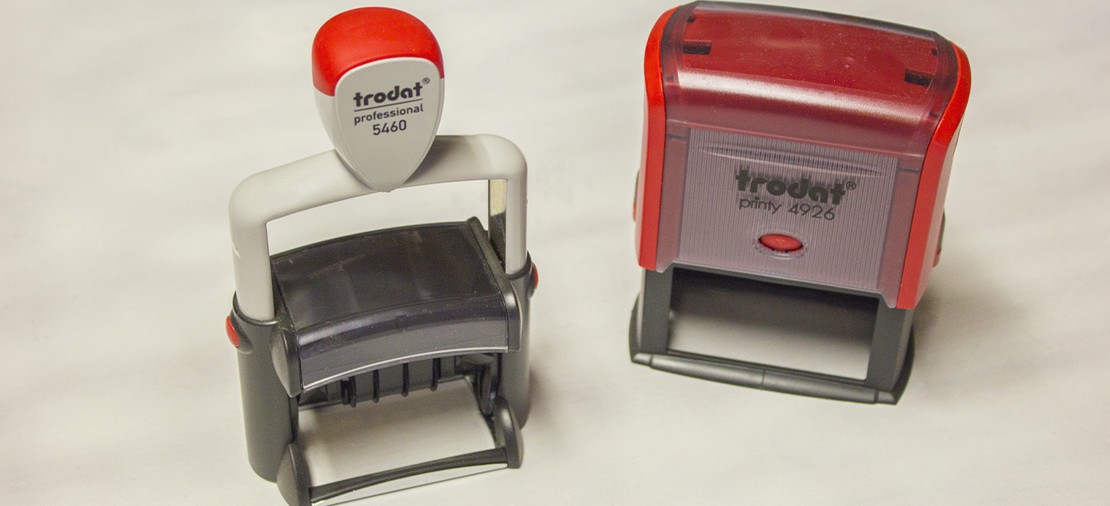
Date Stamp Everything in Your CRM
How long did it take the last deal you won to go from an introductory call to legal negotiation to closed won? Don’t gloss over the answer – I want the number of days. I’ll wait…
Table Of Contents
No one knows what they’re doing.
Most companies have no idea how long it takes to close a deal. Most don’t even know how long it should take to move a deal from one stage to another.
Ask yourself this – how long did it take the last deal you won to go from an introductory call to legal negotiation? Don’t gloss over the answer – I want the number of days. Is that number readily available in a field or report?
Next question – did that deal take longer to close than the average deal?
Your initial response is probably that it took longer, but you likely don’t know for certain because you don’t know your average deal cycle.
If you’re using a CRM, it’s imperative that you utilize it’s process automation tools so that you can actually begin tracking this stuff. The good news is that it’s relatively easy to make this happen. The bad news is that you’re probably not going to take the time to do it because this isn’t the sexiest admin work to do.
The truth is, it’s not sexy until you have date stamps in place for every last little thing that happens in your CRM. Once you can begin analyzing sales cycles and identifying at-risk deals because they’ve taken too much time in a certain stage, then you’ll feel like the sexiest human alive.
Don’t rely on your CRM default dates
You are probably thinking that Salesforce, Zoho, and Hubspot track opportunity stage change dates. And you are right. However, relying on their logic can give you erratic results and will likely prove frustrating.
For example, let’s say a sales rep moves a deal from Introduction to Demonstration on 10/1/2023. Salesforce will log the opportunity stage change date, and it’s visible in the opportunity history report. on 10/15/2023, the rep accidentally moves the deal to Scoping and moves it back to Demonstration.
In this scenario, your opportunity history dates will look like this:
| Stage | Opportunity History Date | Reality | ||
|---|---|---|---|---|
| Demonstration | 10/1/2023 | 10/1/2023 | ||
| Scoping | 10/15/2023 | N/A | ||
| Demonstration | 10/15/2023 | 10/1/2023 |
You now have two erroneous dates in the system. Your Scoping date is wrong, and your Demonstration date is incorrect. When you go to run a report, you’ll see a deal that is in Demonstration with an erroneous Scoping date, and you’ll mistakenly erase 15 days from your Demonstration cycle.
While it’s possible to workaround limitations like this with some cleverly crafted reports, you won’t be able to rely on them because reports are too limited or there will always be a scenario for which you didn’t account.
Establish Important Dates You Want to Track
Before you think about process automation, you need to document the important dates in your sales cycle and create custom fields in your CRM.
While not comprehensive, here is a baseline of custom fields for you to consider (note that your sales stages are your own, but you get the point):
- Account
- Last Activity Date (this is a catch-all for emails, calls, meetings, etc.)
- Last Won Opportunity Date
- Last Lost Opportunity Date
- Contact
- Last Activity Date (this is a catch-all for emails, calls, meetings, etc.)
- Last Emailed Date
- Last Called Date
- Last Met With Date
- Last Job Change Date
- Last Website Visit Date
- Last Marketing Campaign Engagement Date
- Opportunity
- Entered Introduction Date
- Introduction Sales Cycle (formula field)
- Entered Demonstration Date
- Demonstration Sales Cycle (formula field)
- Entered Scoping Date
- Scoping Sales Cycle (formula field)
- Entered Legal Negotiation Date
- Legal Negotiation Sales Cycle (formula field)
- Next Renewal Date
- Entered Closed Lost Date
- Last Amount Change Date
- Amount As-Of Date (more on this in another post)
Here is a list of system-generated dates that are, typically, good enough that don’t require custom fields:
- Lead converted date
- Contact created date
- Account created date
- Opportunity created date
- Opportunity Closed Date
- Surprise, though! You’ll likely want to do some process automation on this one.
That’s a lot of fields, but creating each one gives you control over how you track this important information.
How To Do It
Going into copious detail is outside the scope of this post. However, I have written a tutorial on how to accomplish this in Zoho CRM . The work is similar for Salesforce using their Flow Builder tool. I’ll likely create a similar tutorial using that tool in the future.
In Summary
This is one of those RevOps things that is not that much work to do, and it will reap many benefits for you and understanding your overall Sales cycle. However, it’s not something that people will clamor for until you actually need it.
My advice, get in front of it and automate the hell out of your date stamps in your CRM. Start with your sales cycle dates and then think about all the other things over which you want to have control pertaining to dates, cycle times, etc.
As always, I’m happy to help answer any questions and provide guidance. Just drop me a line , and we can talk.
Header photo by Noor Younis on Unsplash